
Huawei has established its proprietary charging protocol, SCP, with a remarkable capability of delivering up to 120W. However, a specific mobile device has limitations, supporting a maximum of 22.5W at 5VSCP and FCP18W. Additionally, it extends support to PD charging at 18W.
To facilitate compatibility with Huawei's high-speed charging, the choice of chips is of paramount importance. INJONIC Technology's IP6505 and IP6520 emerge as ideal candidates for the task.
IP6505 is an intriguing choice. Although its datasheet purports support for SCP, the official website claims otherwise. Nonetheless, both variants exhibit closely aligned specifications, with only marginal distinctions in maximum power output.

Conversely, IP6520 shares identical parameters with IP6505 and IP6505T, the key differentiator being their pin configurations.
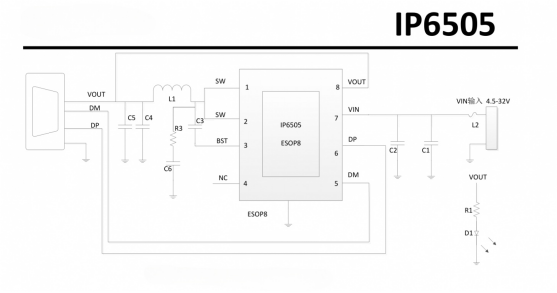
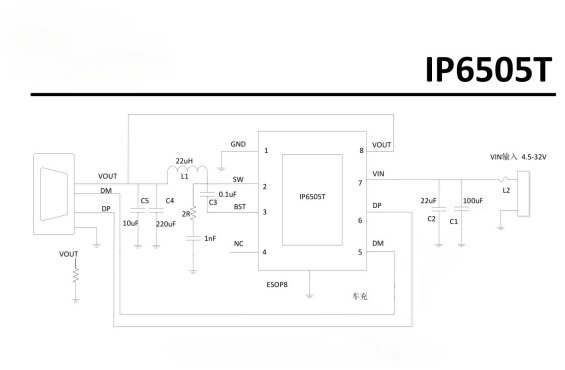
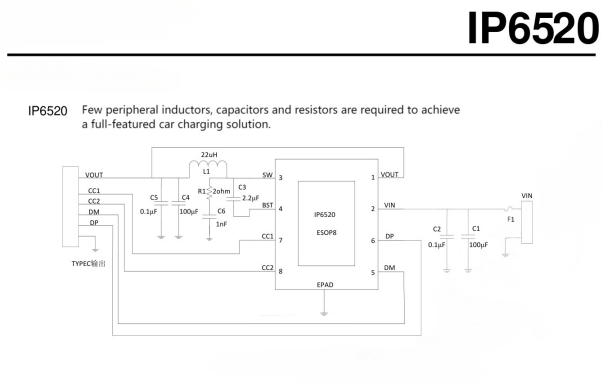
These chips bear the advantage of an exceptionally simplified circuit design, to the extent that they can operate with as few as two external components.
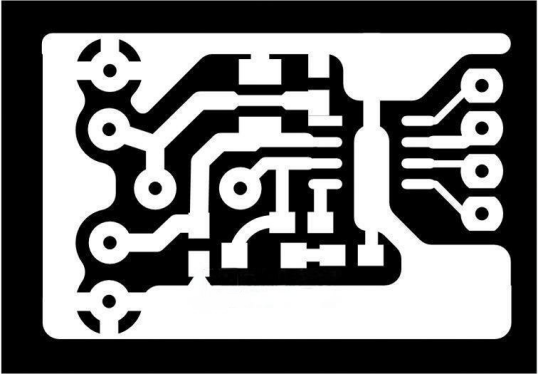
In the initial experimentation, IP6520 was found to exhibit no power socket or TYPE-C socket provision.
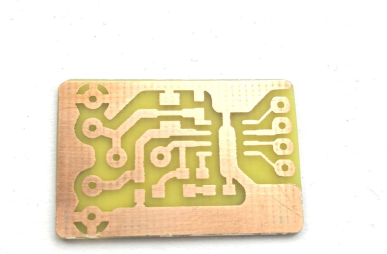
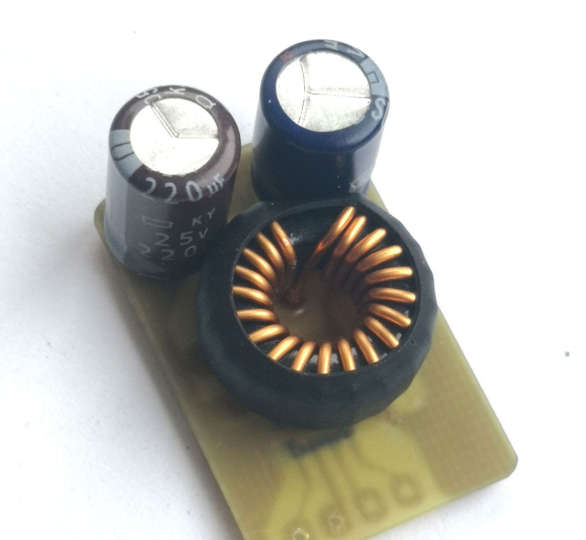
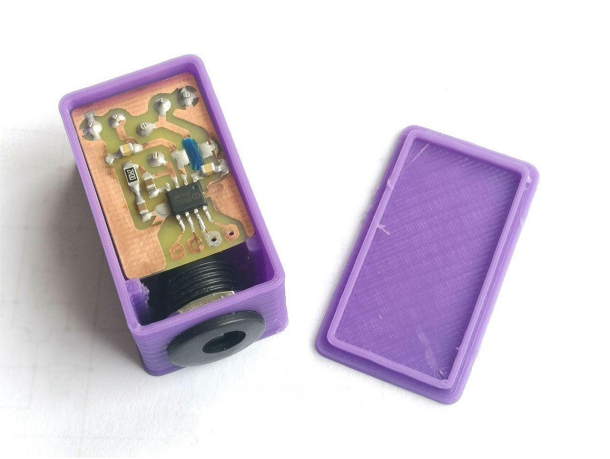
During the trial connections, it is imperative to recognize that SCP/FCP alone might not suffice. Mere connection of positive and negative terminals with D+ and D- may result in no output. To ensure optimal functionality, a connection to the CC line is required. The datasheet suggests a total of six wires to be connected, although if your device lacks PD 3.0 support, solely connecting the CC line will suffice. You will observe that the PD output operates seamlessly at 9V/2A.
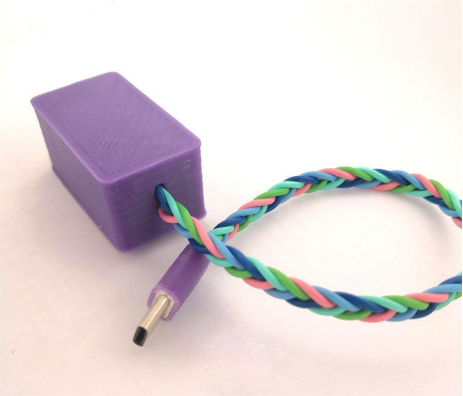
In light of its exclusive Type-C compatibility, no additional sockets were incorporated. Instead, a single Type-C cable was assembled, featuring five wires in appearance. However, it's important to note that two of these wires are parallel connections of positive and negative lines, along with a single signal wire.
IP6505T, conversely, does not incorporate PD support.

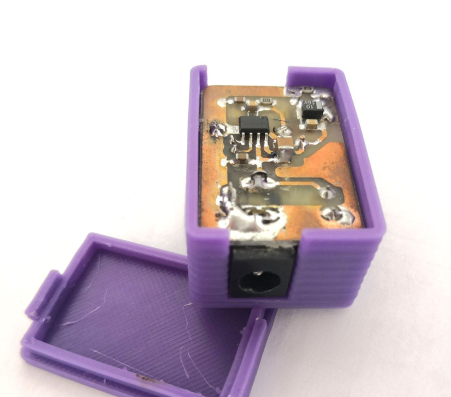
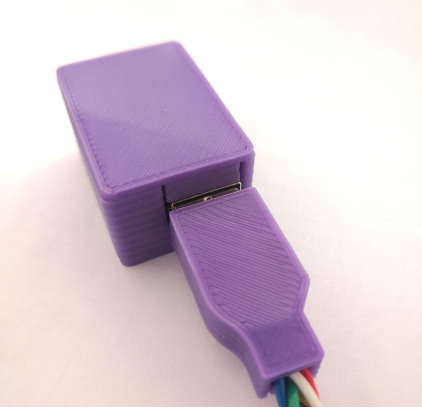
It features a USB-A socket for output, with a total of six wires, consisting of two positive, two negative, and two data wires. These characteristics enable charging via a variety of data cables.
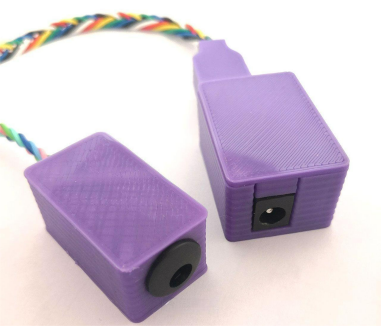
In the comprehensive testing, you will discovere that IP6505T consistently displays "Super Fast Charging" during the charging process, with a maximum charging power of 18W. Although it initially appears to trigger only FCP, it quickly drops to 15W and maintains this level for an extended duration. As charging nears completion, it further decreases to 10W, and in some cases, as low as 5W or even 1W, all while continuing to display "Super Fast Charging." Additionally, the observed charging power is closely correlated with the type of data cable employed. Multiple tests with 5A cables revealed varying power outputs. Interestingly, initial power output deficiencies were resolved by changing the USB socket.
In contrast, charging with IP6520 consistently maintains an 18W charging power, displaying "Fast Charging" on compatible devices until the end of the fast charging process.
The differentiation between "Super Fast Charging" and "Fast Charging" is primarily rooted in protocol distinctions. Significantly, "Fast Charging" can deliver swifter results than "Super Fast Charging," and the utilization of the PD protocol emerges as a simplified and efficient approach.




